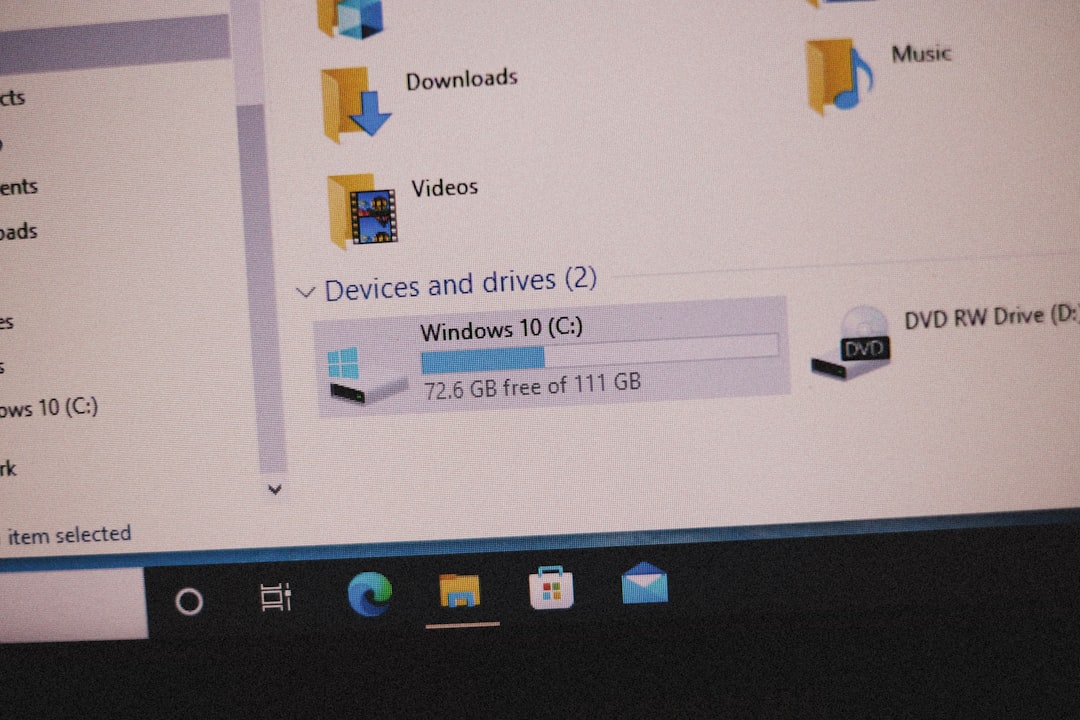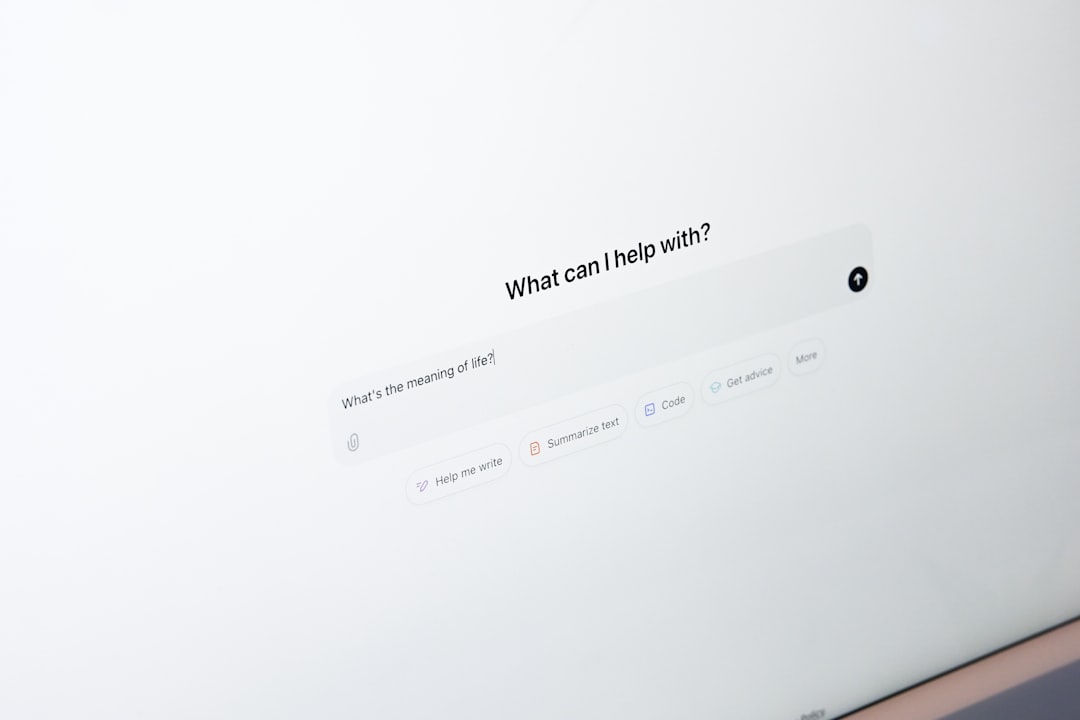Designing a logo is only the first step in building a compelling brand identity — knowing whether that logo resonates with its intended audience is what truly defines its effectiveness. A logo must be simple, memorable, and reflect the company’s identity instantly. To ensure a logo meets these goals, brands can leverage practical evaluation tools like five-second tests and audience polls. These testing methods can be invaluable during the development phase or even when rebranding a business. They provide real-time, actionable feedback to guide design choices and validate branding strategies.
TLDR
Validating a logo using five-second tests and polls helps determine how quickly and accurately an audience can understand and recall the design. A five-second test gauges first impressions, while polls collect broader opinions to refine or validate branding elements. Combining both provides a well-rounded evaluation of design clarity, emotional impact, and audience connection. These tools help designers and businesses ensure their logo has maximum effectiveness and brand alignment.
What is a Five-Second Test?
A five-second test is a usability testing method used to capture a user’s first impression of a visual element—such as a logo—within five seconds. This test mimics real-world conditions, where users typically form quick judgments about branding materials. After viewing the logo for just five seconds, participants are asked several questions to measure what they remembered, what impressions they formed, and whether they understood the intended brand message.
Why Five Seconds?
Research suggests that people form impressions within milliseconds. In real-world scenarios, customers browsing websites or viewing advertisements won’t spend more than a few seconds glancing at a logo. The five-second window is thus critical for assessing whether a logo is clear, memorable, and aligned with brand identity.
Key Areas a Five-Second Test Can Evaluate
- Brand Recognition: Do users know what kind of company it represents?
- Visual Appeal: Is the logo considered attractive or professional-looking?
- Recall: What specific features or text do users remember?
- Emotional Impact: What kind of feeling does the logo evoke?

How to Conduct a Five-Second Test for Your Logo
Follow these basic steps to conduct a five-second test:
- Select Your Platform: Use platforms like UsabilityHub, Maze, or PlaybookUX that support five-second testing workflows.
- Upload Your Logo: Provide the single logo file for analysis. If comparing multiple designs, test them separately.
- Set Up Questions: Ask both qualitative and quantitative questions such as:
- What do you think this logo represents?
- What colors or shapes do you remember?
- Would you trust a brand with this logo?
- Select Your Audience: Recruit a demographically suitable group similar to your brand’s target market.
- Analyze the Results: Look for trends in perception, recall, and sentiment. Use these to refine your logo if needed.
What is a Poll and How Does It Differ?
A logo poll collects feedback from a broad group of people by presenting one or more logo options and asking targeted questions. Unlike the reflexive insight gained through five-second tests, polls allow for more detailed evaluation and longer engagement. This makes them suitable for advanced stages of logo development or when stakeholders need more in-depth audience sentiment before decision-making.
Types of Logo Poll Questions
- Preference-Based: Which logo do you prefer? (A/B testing)
- Emotional Reaction: What word best describes your reaction to this logo?
- Semantic Differentials: Rate this logo on a scale from playful to serious.
- Contextual Fit: Does this logo suit a tech company? A wellness brand?

How to Run and Maximize Logo Polls
Executing a meaningful logo poll involves more than just choosing A or B. Here’s how to ensure valuable output:
- Design With Purpose: Know what insights you’re seeking — is it about clarity, emotional appeal, uniqueness, or target audience fit?
- Choose a Clear Format: Present logo choices clearly and equally. Avoid any bias from image size, background, or label.
- Keep Questions Clear and Concise: Use close-ended questions for quantifiable results and open-ended ones for richer insights.
- Use a Good Sample Audience: Try to mimic your ideal customer base with age, interests, and region-specific targeting.
Combining Five-Second Tests and Polls
While each method offers unique benefits on its own, the most informative results often come from using both in sequence. Five-second tests reveal first impressions, while polls offer deeper engagement and reasoning. Brands can use five-second test insights to narrow down options and then apply polls to finalize the best design.
Example workflow:
- Conduct five-second tests on 3 logo concepts.
- Eliminate the logo with the lowest recognition or recall score.
- Use a poll to compare the remaining two, asking detailed emotional and brand-fit questions.
- Choose the logo with the strongest alignment and resonance.
Benefits of Logo Validation
- Data-Driven Design Choices: Remove subjective opinion by using real user insights.
- Reduce Risk: Avoid costly redesigns or customer confusion post-launch.
- Boost Confidence: Share validation results with stakeholders to justify design decisions.
- Enhance Brand Trust: A validated logo better reflects audience expectations and builds credibility.
Common Mistakes in Logo Validation
Many brands skip essential validation steps, resulting in ineffective logos. Here’s what to watch for:
- Testing with the Wrong Audience: Feedback is only useful if it comes from relevant demographics.
- Overloading with Information: Don’t combine logo, slogan, and full branding materials in one test or poll. Keep it focused.
- Failing to Interpret Data Contextually: A small dip in preference doesn’t always mean a logo is bad. Consider long-term brand strategies too.
- Rushing the Process: Give enough time to collect, analyze, and refine before launch.
Conclusion
Validating a logo through five-second tests and polls isn’t just a design best practice—it’s a brand-building essential. These tools allow companies to make informed, customer-centric decisions early in the design process, saving time and resources. In an age of endless content and fleeting attention, your logo must make an immediate and lasting impact. Strategically employing these techniques ensures your brand makes its mark in just five seconds—or less.
FAQ: How To Validate a Logo With Five-Second Tests and Polls
-
Q: What is the goal of a five-second test?
A: To see what people immediately think and remember after viewing a logo for five seconds. This helps determine clarity, appeal, and message delivery. -
Q: How many people should participate in a test or poll?
A: A sample of 50–100 participants is typically enough to see trends, though larger samples can yield more confidence in results. -
Q: What platforms are best for conducting tests?
A: UsabilityHub, PlaybookUX, and Maze are popular platforms for five-second tests. Polls can be designed using SurveyMonkey, Google Forms, or even social media channels. -
Q: Can polls replace five-second tests?
A: Not entirely. Polls collect broader opinions, while five-second tests capture instinctive reactions. Using both gives a complete evaluation. -
Q: At what stage of the design process should validation occur?
A: Ideally during the mid-design or pre-launch phase, but even early conceptual designs can benefit from quick testing rounds.
